أنت هنا
THE INNOVATION ENGINE PODCAST: BREAKTHROUGH INSIGHTS FROM ROWAN GIBSON – PART 10
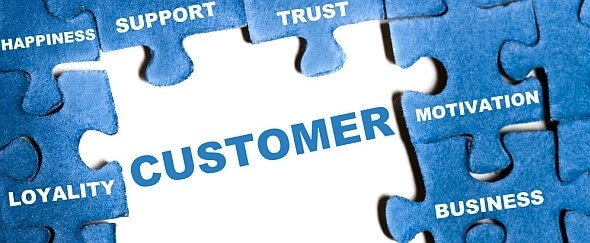
This is a transcript and audio file from the popular podcast “The Innovation Engine”, hosted by Will Sherlin, featuring an interview with Rowan Gibson, author of “The Four Lenses of Innovation.”
“Welcome to Part 2 of the Innovation Engine podcast with Rowan Gibson, the internationally bestselling author of “The Four Lenses of Innovation” and co-founder of Innovation Excellence.com, the most popular innovation website in the world. I’m Will Sherwin. Welcome back, Rowan.” Thanks, Will.
Previously we discussed some examples that applied the innovation lenses concept and some examples that applied the concept of seeing the future in the present and the 3Rs, Gibson mentioned in his book. In this post, we will talk more about What the customers want, and why they want it.
You talk in the book about a provocative question, and one that there is a lot of kind of innovation stuff of legend around, which is “Do customers really know what they want?”
Yeah, I think Steve Jobs really nailed it when he said, “people don’t know what they want until you show it to them.” That’s often true. I mean, nobody was asking for the iPod, or the iPhone, or the Apple Store. But when Steve showed us these amazing things we realized we definitely wanted them—and needed them.
Nobody was crying out for Skype, or Facebook, or Twitter. But obviously, people must have needed these things because today they can’t live without them. Did you know you needed Uber? I mean, you might have been frustrated with traditional taxi services (and who wasn’t?), but you probably couldn’t have envisaged a radical alternative like that. Did you know you needed a smart home thermostat from Nest that learns your behaviors? Nope. But you were probably frustrated with trying to control your current thermostat because it’s so damn complicated. Did you know you needed a cool set of DJ headphones for your iPod designed by Dr. Dre? Nope. But if you think back, the sound quality of those little earbuds actually wasn’t all that great.
So all of these innovations were designed to address needs that most of us were not even aware of, which is why we were not articulating them. Or they gave us solutions we could never have imagined because we didn’t even know they were possible.
This is the whole focus of the fourth lens of innovation. It’s about uncovering and addressing those deep unmet and perhaps unvoiced customer needs.
There’s no harm in asking customers about their needs, of course. There’s obviously a place for focus groups and so on, but this lens goes a lot deeper than that. If you look at P&G today, for example, they don’t just test new product ideas with focus groups, they really integrate customers into the whole product development process. I mean, they go out and actually live with consumers in their homes for several days. They do a lot of ethnographic research with video, you know, filming the way people perform everyday household tasks or use hygiene or beauty products. And then they work with consumers on brainstorming new solutions, prototyping them, development them, and commercializing them. So the customer is fully integrated into P&G’s whole product-launch model.
These are very practical examples, but what it’s really about is shifting our perspective. You know, looking through this lens means trying to view things through the customer’s eyes. Developing empathy. Understanding what it’s like to be the customer.
I remember a great ad from IBM that they ran a few years back. The headline was “Stop selling what you have. Start selling what they need.” And I really love that. You know, instead of coming up with a product you think is great and then going out and marketing it (which, by the way, is how P&G used to do things in the old days) it’s about trying to discover some deep unmet need you can address and then design an innovative solution from the customer backward.
And sometimes that means figuring what’s wrong with your product or service from the customer’s perspective – and then putting it right. That’s why we got things like diet soda, low-fat chips and ice cream, sugar-free chocolate, alcohol-free beer and lite beer. The manufacturers in these cases were trying to take the negatives out of the equation.
8. Let’s talk about the 3 distinct phases in the act of creation. What are those phases?
"Scientists, psychologists, and practitioners have been studying how creativity works for over a hundred years, so I think it’s pretty safe to say that we know there’s a process involved."
There are definitely some phases we usually go through on this process on the road to a breakthrough. Some people define 3 distinct phases. Others have 4 or 5. It depends how thoroughly you want to unpack it. I actually believe there are often 8 steps involved in building a breakthrough.
Let’s come back to these three, which are, number one, Saturation – you know, really focusing down on solving some situation or problem; number two, Incubation, where you are letting your unconscious mind take over and sort of ruminating on the whole issue; and finally, number three, Illumination, when the answer or the new idea suddenly becomes apparent. You know, “Eureka! I have found it!” So that’s what we typically refer to as the Eureka moment or the Aha! moment.
But I’ve never been really satisfied with this model because I believe it’s vastly over-simplified, and as I said at the beginning;
"If we’re really going to solve the mystery of where big ideas come from, we have to truly understand the thinking processes that lead to these Eureka moments."
So in the book, I unpack the creative thinking process a little more, and what we find is that ideas don’t just come to us out of the blue in a sudden flash of inspiration. We actually build them in our minds. We might not be consciously aware of this building process that’s going on, but that is in fact what is happening.
In the next post, we will discuss the buildings of new patterns and its relation to four lenses.






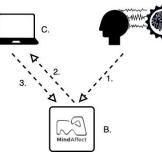










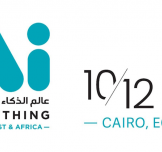



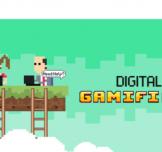




















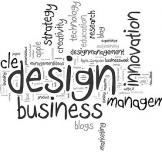
























موقع إبداع مصر غير مسؤول عن مضمون التعليقات